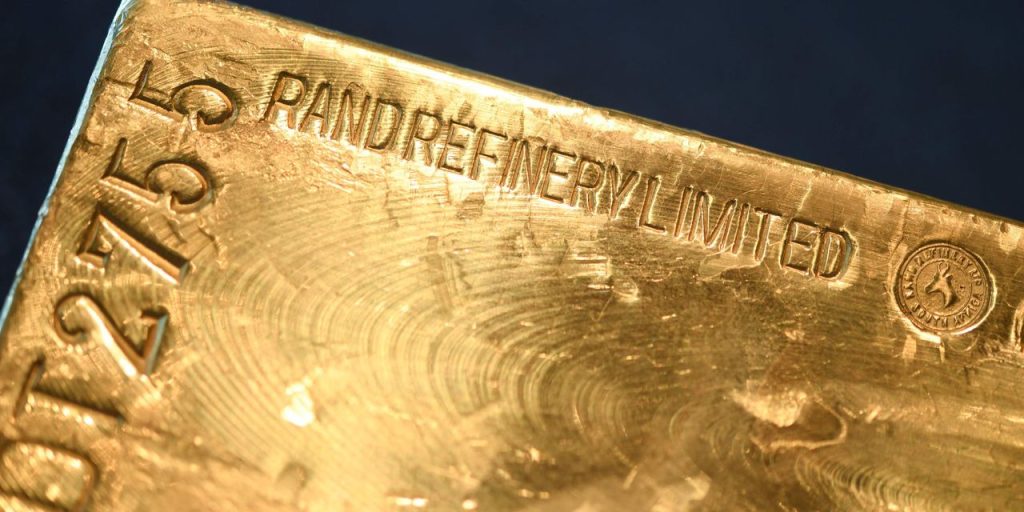Gold futures finished a bit lower on Wednesday after posting back-to-back session gains that lifted prices to within 2% of their record settlement high.
Weaker than expected U.S. economic data fueled expectations for a recession, supporting the precious metal’s appeal as a haven investment, analysts said.
Price action
-
The June gold contract
GC00,
+0.87%GCM23,
+0.87%
declined by $2.60, or 0.1%, to settle at $2,035.60 an ounce on Comex after trading as high as $2,049.20. Prices on Tuesday ended at the highest level since early March of last year. The record-high settlement based on the most-active contracts stands at $2,069.40 on Aug. 6, 2020, according to Dow Jones Market Data. -
May silver
SI00,
+1.28%SIK23,
+1.28%
settled at $25.037 an ounce, down 6 cents, or nearly 0.3%. -
June palladium
PAM23,
+1.66%
dropped $30.40, or 2.1%, to $1,425.300 an ounce, while July platinum
PLN23,
+1.35%
declined by $21.60, or 2.1%, to $1,007.40 an ounce. -
Copper for May delivery
HGK23,
+1.13%
ended at $3.9865 a pound, up 2 cents, or 0.4%.
Market drivers
Gold prices held above $2,000 on Wednesday, hitting intraday levels not seen in 13 months “thanks to a weaker dollar and speculation around the [Federal Reserve’s] tightening cycle nearing an end,” Lukman Otunuga, manager for market analysis at FXTM, told MarketWatch.
Read Gold at $2,000: Why it took so long for the precious metal to solidly breach that key level
The ICE U.S. Dollar index
DXY,
-0.40%
was up 0.4% at 101.96 in Wednesday dealings but has lost around 0.5% in the week to date.
Dollar-denominated gold prices “blasted through the psychological $2,000 level on Tuesday as signs of cooling in the U.S jobs market prompted investors to question whether the Fed could keep raising rates,” Otunuga said.
On Wednesday, data from the ADP National Economic Report showed U.S. private payrolls climbed by 145,000 in March. Economists polled by the Wall Street Journal had forecast a gain of 210,000 private-sector jobs.
Also Wednesday, a barometer of business conditions at service-oriented companies fell to 51.2% in March from 55.1% in February, according to the Institute for Supply Management.
The U.S. Labor Department Tuesday reported that job openings fell to a 21-month low of 9.9 million in February.
“With weak economic data fueling recession fears, this further stimulated appetite for safe-haven gold,” Otunuga said.
Gold has the “potential to test the 2020 high if the pending U.S. jobs report on Friday points to further signs of a weakening labor market,” he said.
Read the full article here




